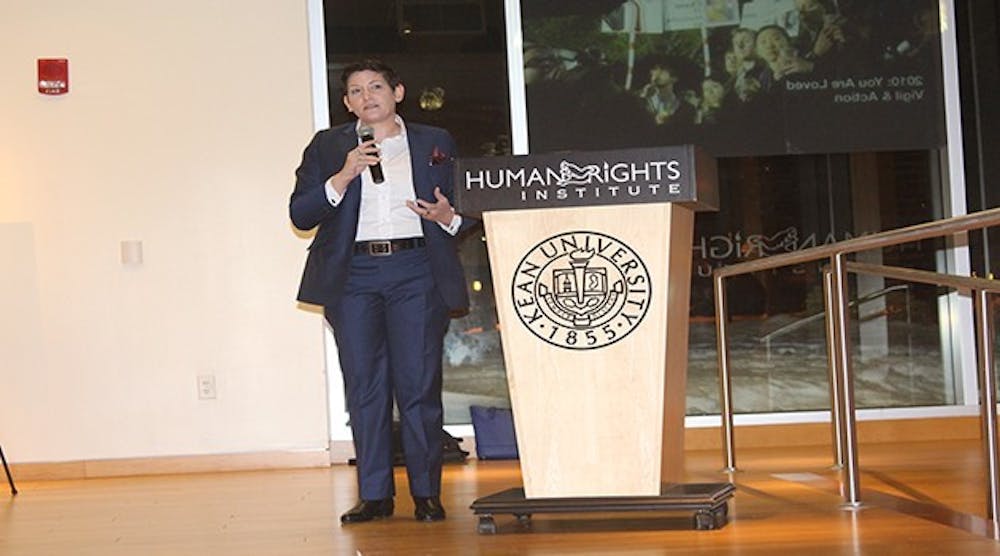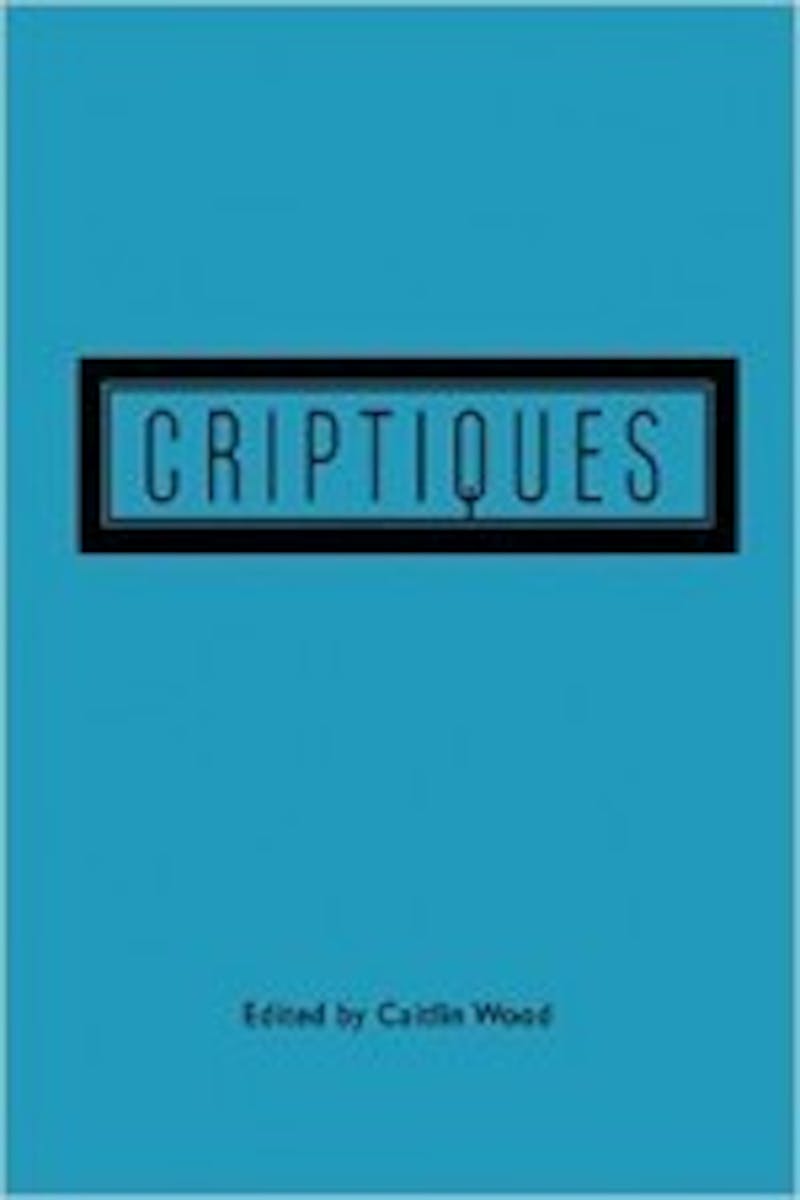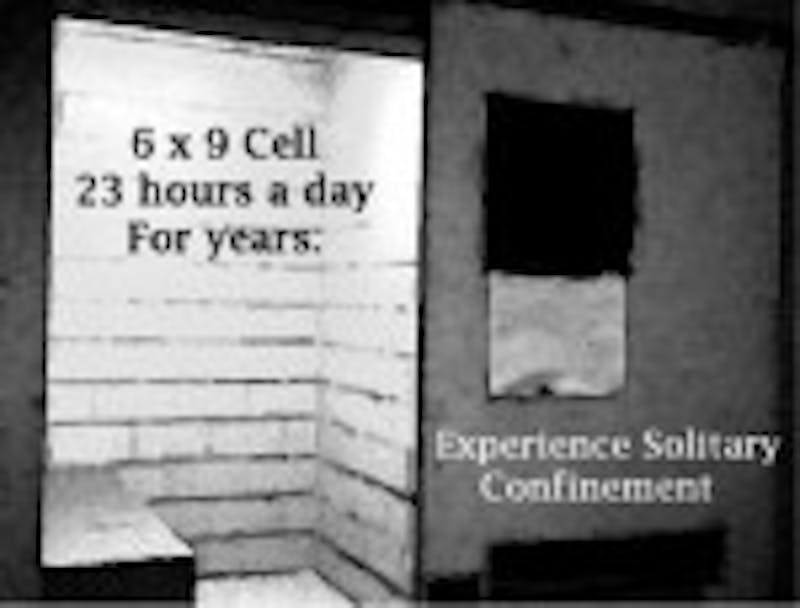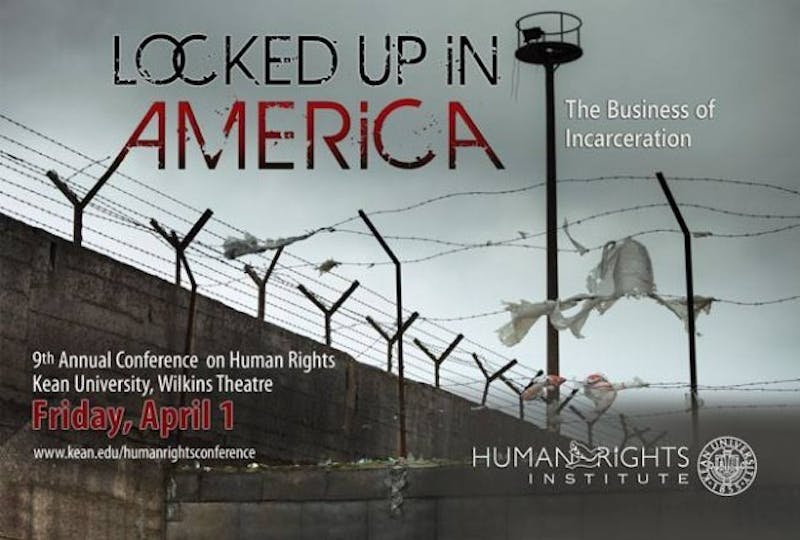Syd London welcoming the crowd
Jailene Burgos l The Cougar’s Byte
Think of something that has affected people in a significant way. For example, marriage equality or the many protests that have been going on around the country about “#BlackLivesMatter.” But that is all one ever hears on the news. There is so much going on in the world that people don’t know about or just haven’t talked about. What about a protest on suicide? Or how the aftermath of Hurricane Sandy still affects people to this date…four years later. Why aren’t these subjects talked about on the news as often as marriage equality? Well, it is time that these subjects get a voice and thanks to photojournalist Syd London, more and more people are becoming more aware of what is going on in this country.
On Tuesday, January 26, 2016, London came to the Human Rights Institute (HRI) located in the Nancy Thompson Library to showcase her exhibition Ground Surge: Communities Rising. The exhibition showcased photos from different photo-documentaries she has created such as “Sandy VS The People,” “The Invisible” and “Re-Gathering.”
Those who had visited the exhibition quickly fell in love. “I didn’t have any idea what to expect before entering the gallery,” comments Kean University philosophy Professor Lydia York, “but I love it. I encouraged my students to come and view the exhibition…in class we are studying aesthetic and this is great for that class.” Just like Professor York, many students were astonished by the exhibit. For example, junior and marketing major John Robinson comments that it is very breathtaking and is speechless of the moments that London has captured.
London is a self-taught photographer born and raised in New York City (NYC). Janice Kroposky, the Director of the Holocaust Resource Center, comments that “her photos give voice to the many people who are voiceless,” as she introduces London on stage. She goes on to say “I look at the photos and they are fantastic and beautiful but I do not see myself personally reflected in the narrative of any photo. But I see something more important. I see a human story. Something that I can connect with…”
Her first project, “The Invisible,” is a documentary to make invisible disabilities visible. “There are so many people living with invisible disabilities,” comments London, “and so much of what goes on with medical struggles is behind closed doors, and I wanted to make those more visible.”
London has an invisible disability as well. At a young age she was diagnosed with Ehlers-Danlos Syndrome and doctors told her that by the time she was 30 she would be wheel-chair bound. But today, she is proving those doctors wrong as she is still walking. “And no one will know how it is to be like this today [being able to walk] and what my life will be like tomorrow,” London comments. And that is part of the reason why she began the documentary; capturing those who have disabilities that people will not be able to see on the outside.

My Dear Friend Photo
Jailene Burgos l The Cougar’s Byte
The exhibition ranged in topics from disabilities to Lesbian, Gay, Bi-sexual, Transgender, Queer (LGBTQ) equality, suicide and those who were affected by Hurricane Sandy and still struggling to get back on their feet. “I am not saying that marriage equality and ‘don’t ask, don’t tell’ aren’t important issues,” London conveys, “but the problem is that there wasn’t any energy getting allocated into survival issues like homelessness; like access to medication and access to go to the doctors safely [and] being able to get health insurance if you are trans…and none of them are talked about because they are sticky issues.”
One of the other stunning documentaries is “Taking Back The Streets,” an ongoing documentary. “I would say the reason why I did that one is out of sheer frustration,” London says. This documentary is about suicide and how those who are LGBTQ are still struggling to either get health insurance or even being kicked out of their parent’s home after coming out. London comments that as she began “covering these issues, I realize that the reason why these issues aren’t being covered in a more meaningful way is because the budgets aren’t there for publications, and so the publications send in what I call helicopter photographers. You know, they drop in and they have no real base of knowledge of these subjects. And how can they? They are told to go here and here and here,” and take photos of what they see.
The opening reception of the exhibition ran for two hours where attendees were able to talk with London about her work. There wasn’t a moment where London wasn’t surrounded by people, asking her questions and commenting on her work. “This night…this work, this isn’t about me, this is about us. This is ours,” London says as she finishes her speech. She adds “What is freedom, when we have built this country on freedom. What is that? And what is the cost, who does it cost? Who gets to be free and who doesn’t? Why? We are not there yet as a country; we are an evolving country.”

Re-Gathering Documentery
Jailene Burgos l The Cougar’s Byte
So with the help of London and her work let’s help get the word out. Spread the word of how many people are still struggling to live day-by-day after Hurricane Sandy, or how thousands won’t be able to sleep with a roof over their head tonight. “The land of the free and the home of the brave,” right? So what are people waiting for?
If one would like to view the exhibition Ground Surge: Communities Rising, please visit the HRI Monday through Thursday 11 a.m. to 6 p.m. and on Friday 11 a.m. to 4 p.m. The exhibition will run from Tuesday, January 25, 2016, through Friday, March 25, 2016.






